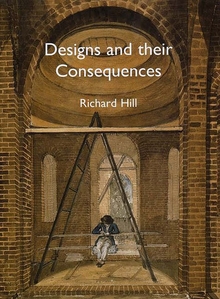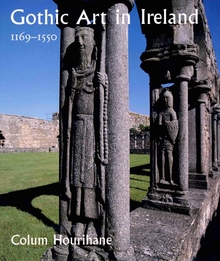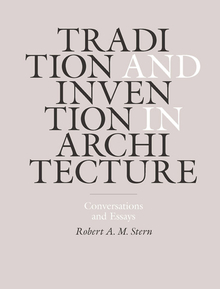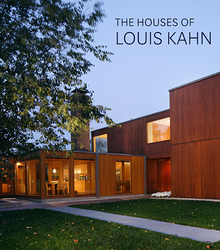Designs and their Consequences
WARNING
You are viewing an older version of the Yalebooks website. Please visit out new website with more updated information and a better user experience: https://www.yalebooks.com
Architecture and Aesthetics
Richard Hill
The book opens with an analysis of the relationship between buildings, drawings, and designs. Hill suggests that architectural drawings are essentially pictures of physical objects, although initially they may be imagined ones, and he considers the implications of this for architects and builders. He discusses the notion of "architectural experience" that has been important in the development of modern architecture, and the notion of "seeing as" that has been developed for other visual arts and that illuminates a range of architectural meaning. Asking how architecture can be expressive of a range of human states and qualities, Hill tests the idea that our ability to see the expressive aspects of buildings relates to our ability to see meaning in the faces and demeanor of other people. In the final section of the book, the author focuses on modern architecture’s central aim to deepen the connection between usefulness and design, explores recent intense criticism of this outlook, and assesses the strengths and weaknesses of this body of criticism.
"Anyone planning to teach such a course should consider making Richard Hill’s Designs and Their Consequences a required text."—CAA Reviews
"[A] systematic and thorough treatment of the relationship between architecture and aesthetics. [Hill] also provides a pointed defense of the role that aesthetics can play in architecture. . . . An excellent book. . . . Designs and Their Consequences is most significant for clearly demonstrating how one can begin to understand the complex and difficult relationship that binds aesthetics and architecture."—Alex T. Anderson, The Journal of Aesthetics and Art Criticism
Publication Date: July 11, 1999
106 b/w illus.









